Find Help
More Items From Ergsy search
-

Assessing the stroke patient
Relevance: 100%
-
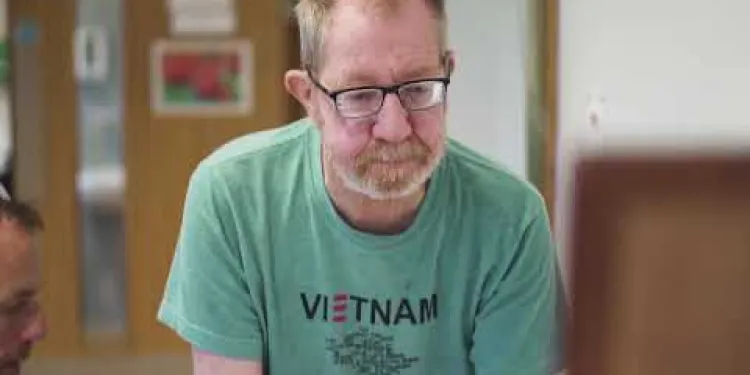
Vale Stroke Unit
Relevance: 100%
-
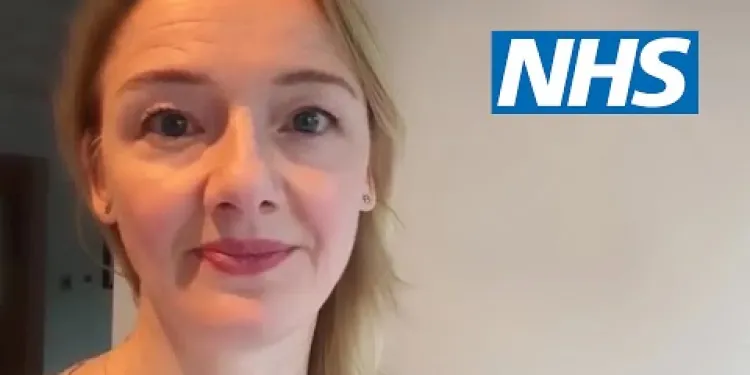
NHS Here for You – Stroke
Relevance: 96%
-
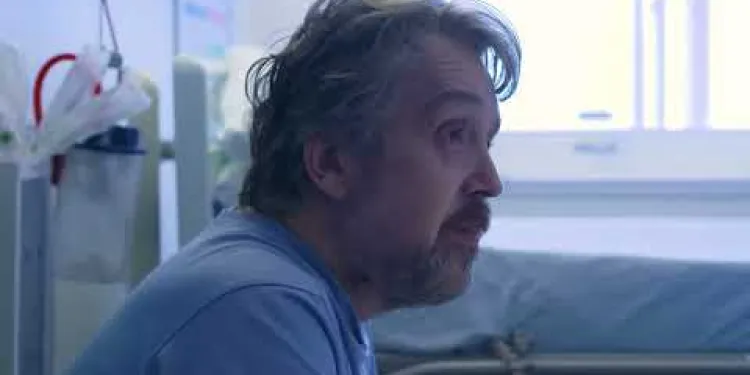
NHS Forth Valley’s Stroke Team
Relevance: 92%
-

Stroke - Speech and Language Therapist's Experience
Relevance: 90%
-
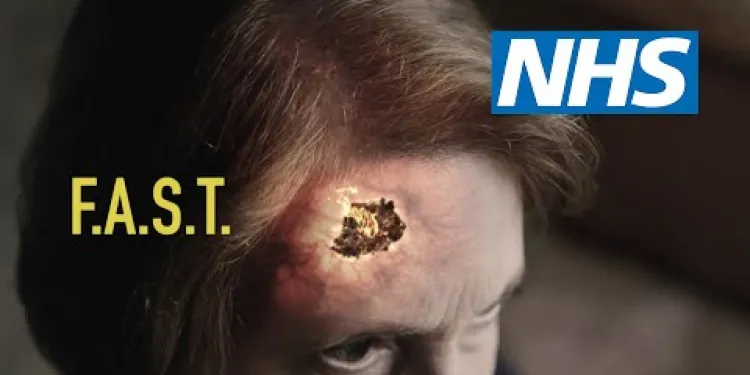
When Stroke Strikes Act F.A.S.T. | NHS
Relevance: 88%
-

Gaining consent from stroke patients
Relevance: 88%
-
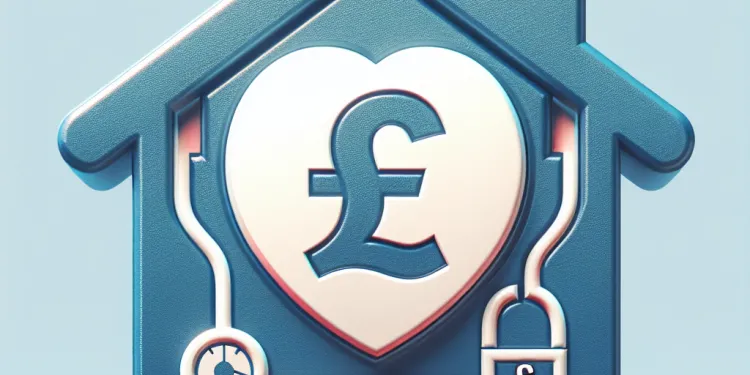
What are the risks of having high blood pressure?
Relevance: 33%
-

Can high blood pressure lead to other health problems?
Relevance: 29%
-

Can staying in a car during a heatwave be dangerous?
Relevance: 27%
-
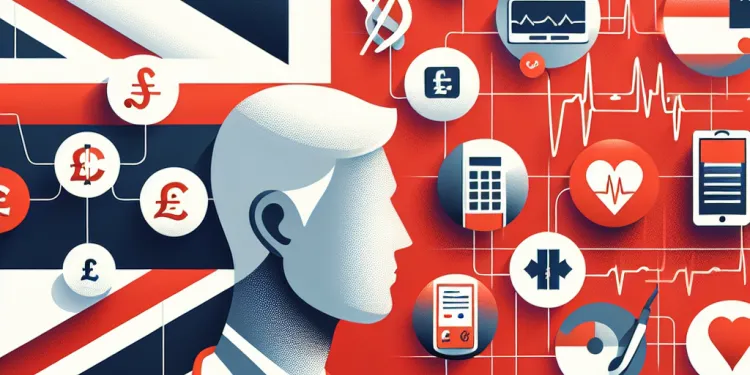
What are the complications of sickle cell disease?
Relevance: 26%
-

Joan's story - Aphasia Awareness
Relevance: 25%
-
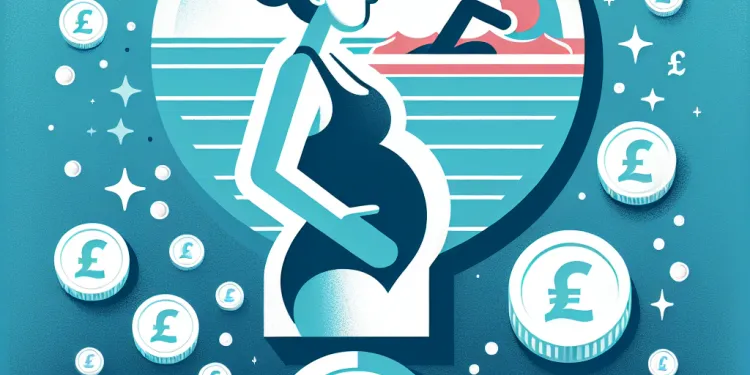
Is swimming a good exercise during pregnancy?
Relevance: 25%
-
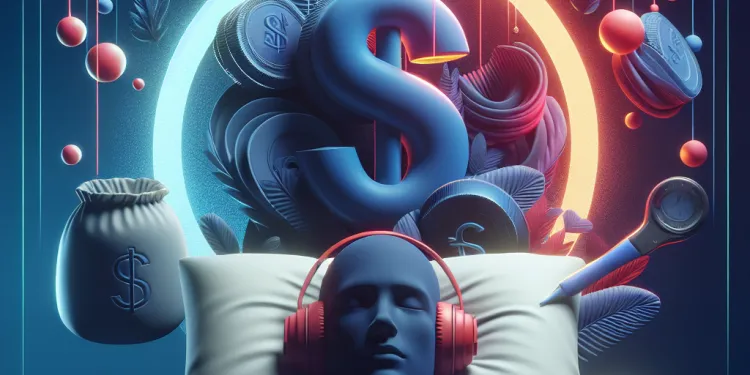
Why is sleep apnea dangerous?
Relevance: 24%
-

What are the signs of heat exhaustion?
Relevance: 24%
-
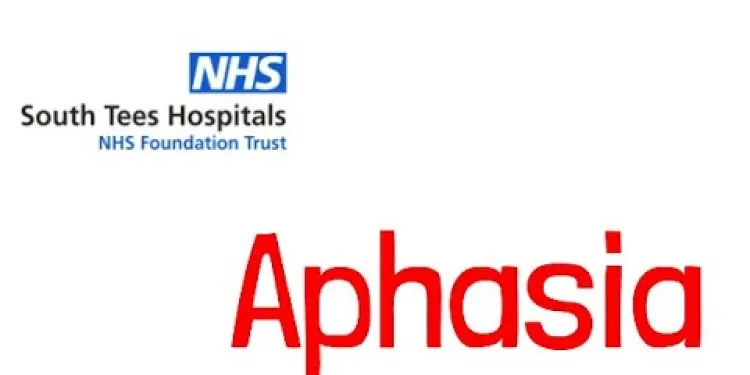
South Tees NHS - What is aphasia and how can you help?
Relevance: 23%
-
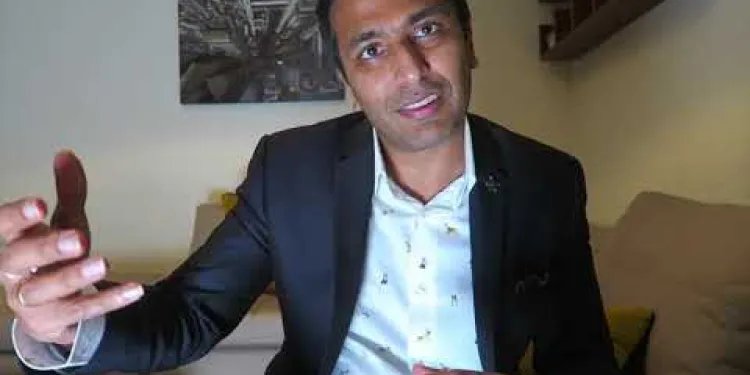
Is my abnormal heart rhythm dangerous?
Relevance: 23%
-
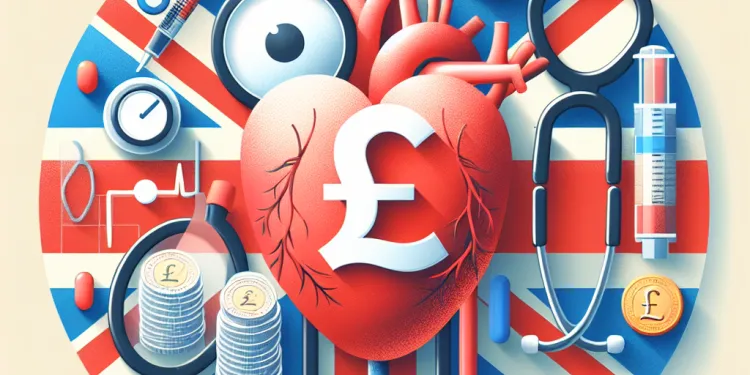
What are the types of thrombosis?
Relevance: 22%
-

What topics are covered in a first aid course?
Relevance: 22%
-
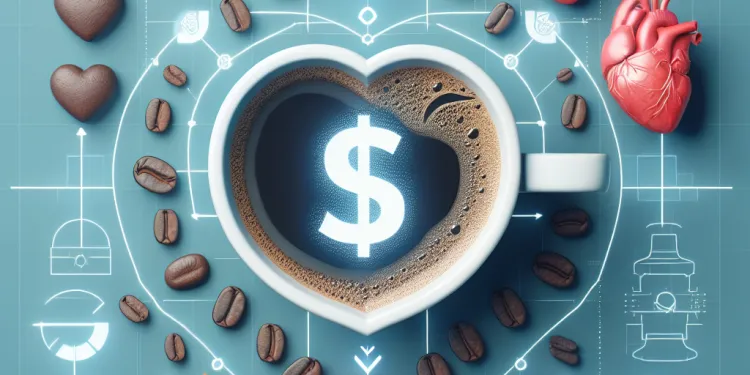
Does coffee consumption have any long-term heart health effects?
Relevance: 22%
-

Is it possible for alcohol alone to cause similar symptoms?
Relevance: 22%
-
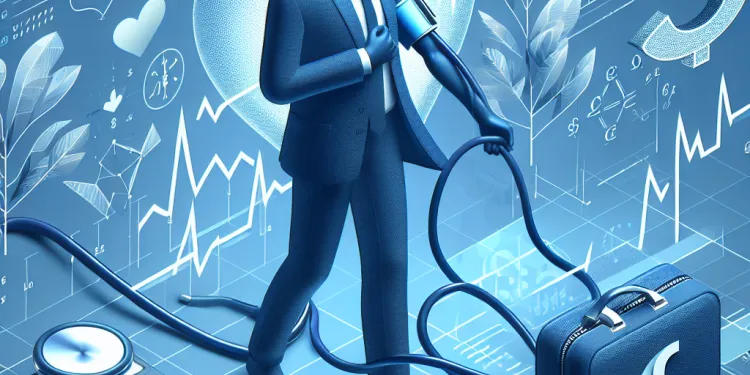
Why is high blood pressure called a 'silent killer'?
Relevance: 21%
-

Are chiropractic treatments safe?
Relevance: 21%
-
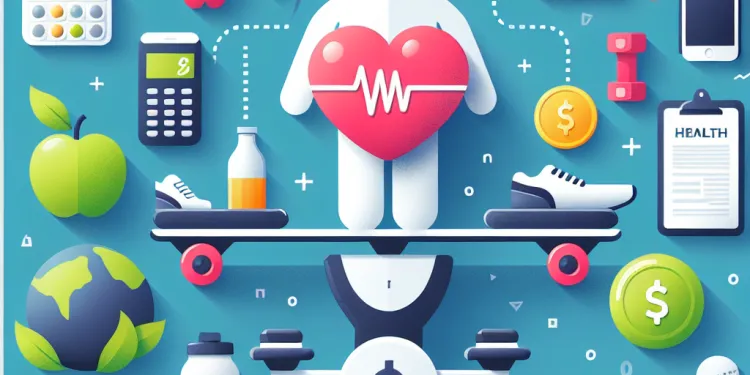
What health risks are associated with obesity?
Relevance: 21%
-

What are the symptoms of arterial thrombosis?
Relevance: 21%
-
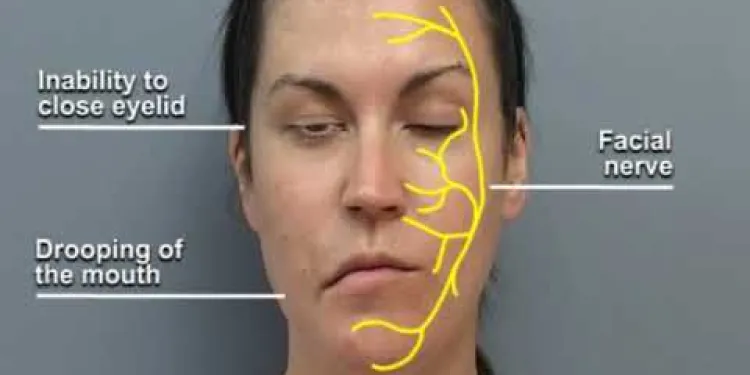
Understanding Facial Palsy
Relevance: 20%
-
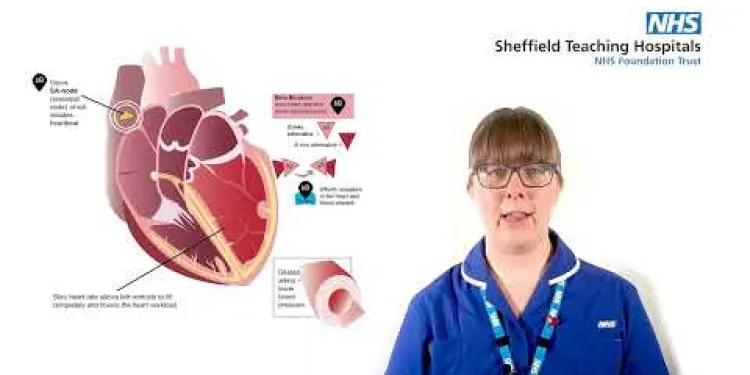
Medicines of the heart
Relevance: 19%
-

What complications are associated with Type 2 Diabetes?
Relevance: 19%
-
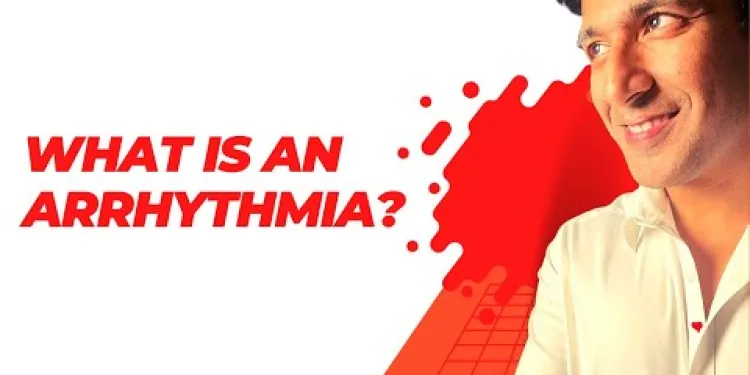
What exactly is an arrhythmia?
Relevance: 17%
-
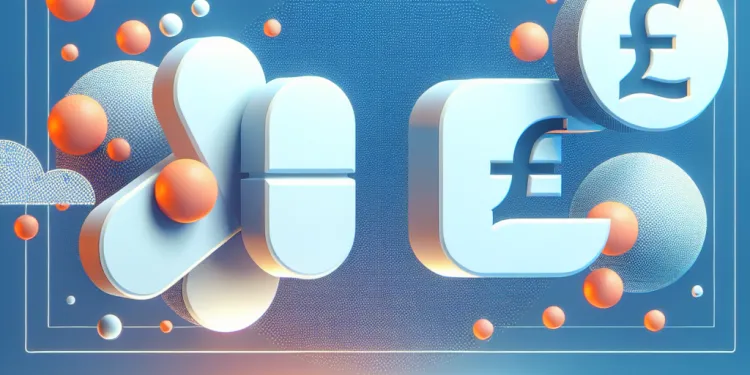
Is Paracetamol the same as Aspirin?
Relevance: 17%
-
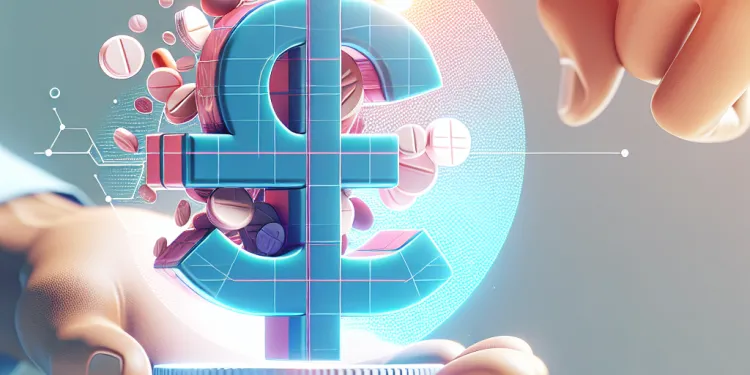
What are the side effects of Ibuprofen?
Relevance: 17%
-
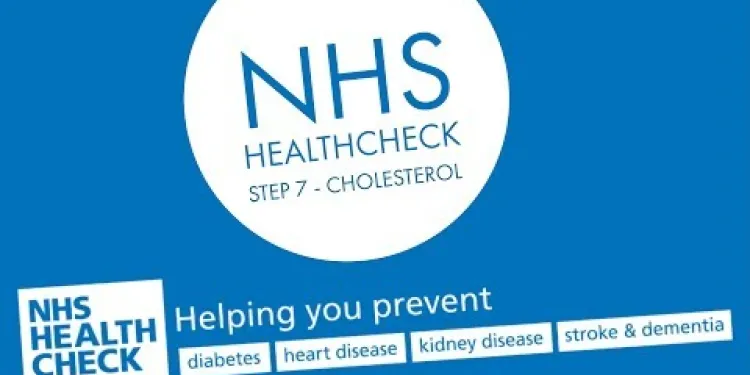
NHS Health check - Cholesterol
Relevance: 17%
-
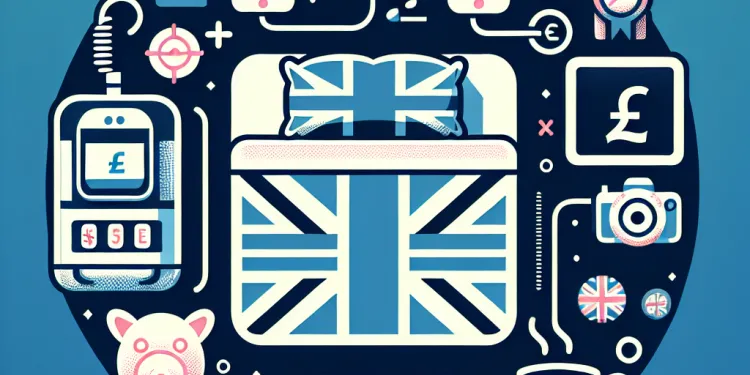
What are the main types of sleep apnea?
Relevance: 17%
-
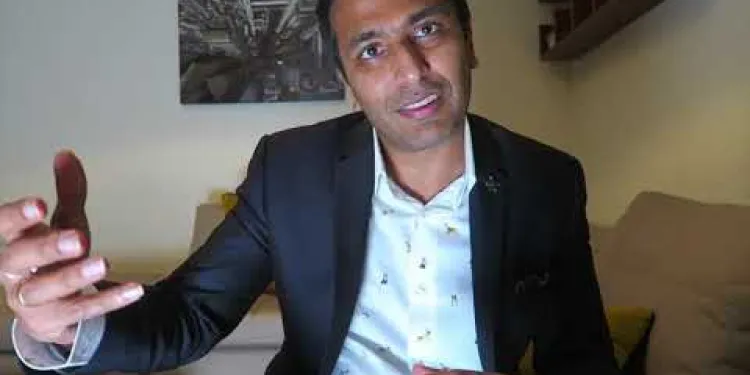
Is my abnormal heart rhythm dangerous?
Relevance: 17%
-
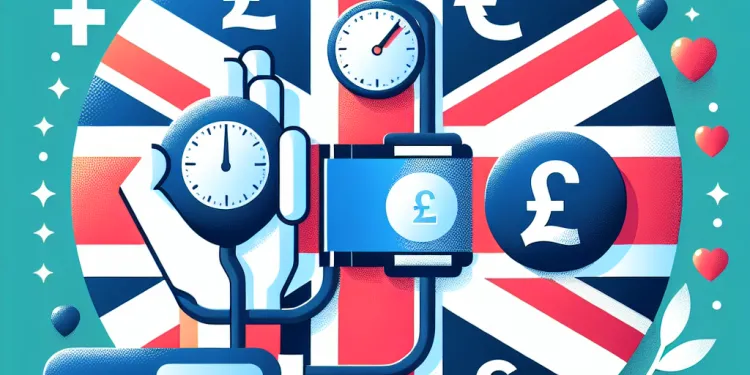
What is high blood pressure?
Relevance: 16%
-
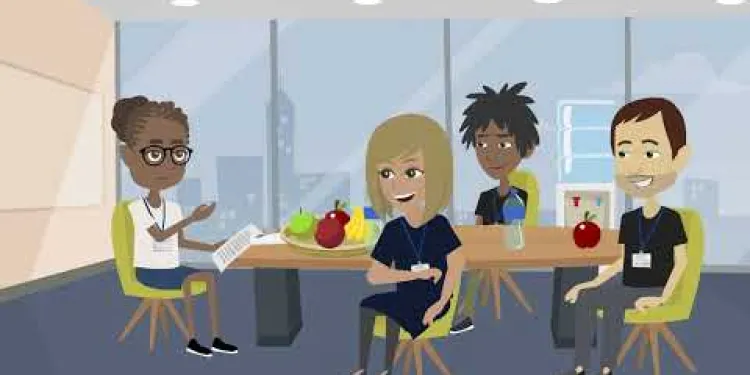
Swallowing awareness - dysphagia
Relevance: 16%
-

Are Aspirin and Ibuprofen the same?
Relevance: 16%
-
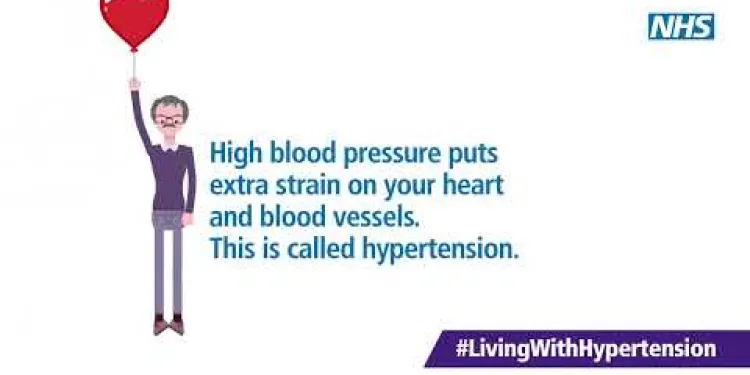
Blood pressure too high? Living with hypertension animation
Relevance: 16%
-
Should individuals with certain medical conditions avoid aspirin?
Relevance: 16%
-
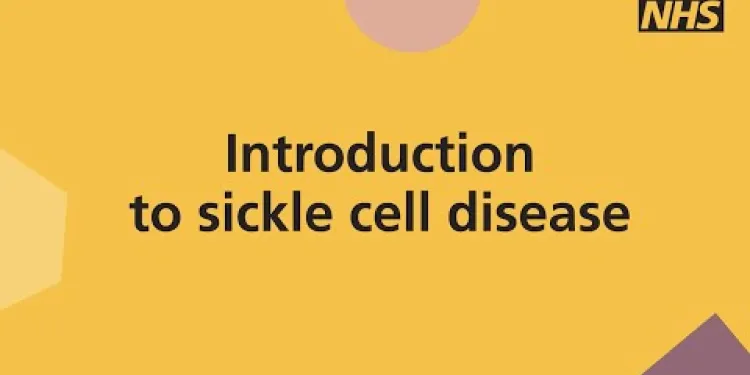
Introduction to Sickle cell disease
Relevance: 16%
NHS Here for You – Stroke
Understanding Stroke
A stroke is a serious, life-threatening medical condition that occurs when the blood supply to part of the brain is cut off. The two main types of stroke are ischemic strokes, caused by blockages or blood clots, and hemorrhagic strokes, caused by bleeding in or around the brain. It's crucial to act fast and recognise the signs of stroke, as swift treatment can significantly improve the chances of recovery.
Recognising the Symptoms
The NHS promotes the FAST test to identify strokes quickly. The FAST acronym stands for:
- Face: Look at the person's face and ask them to smile. Is one side drooping?
- Arms: Ask the person to raise both arms. Is one arm drifting downwards?
- Speech: Listen to the person speak. Is their speech slurred or strange?
- Time: If you observe any of these signs, it's time to call 999 immediately.
Emergency Response
If you suspect someone is having a stroke, calling 999 is imperative. Paramedics are trained to provide immediate care and can transport the patient swiftly to a stroke unit. In the UK, the NHS provides high-quality stroke care and has designated specialist stroke centres that offer advanced treatment and rehabilitation services.
Aftercare and Rehabilitation
After the immediate emergency treatment, the NHS provides comprehensive aftercare to aid stroke recovery. Rehabilitation can include physical therapy to help regain mobility, speech therapy to overcome communication difficulties, and occupational therapy to assist with daily activities. The goal is to support individuals in regaining as much independence as possible and improving their quality of life.
Support for Families
Families and carers of stroke survivors also receive support from the NHS. Educational resources, counselling, and support groups are available to help cope with the emotional and practical challenges. Recognising the impact on families, the NHS aims to provide holistic care that addresses both medical and personal needs.
NHS Here for You – Stroke
What is a Stroke?
A stroke is a very serious health problem. It happens when blood can't get to a part of the brain. There are two main types of stroke. One kind happens because something is blocking the blood flow, like a clot. The other kind happens when there is bleeding in the brain. It is important to get help fast. Quick treatment can help people get better.
How to Spot a Stroke
The NHS uses a simple test called FAST to help notice strokes. FAST means:
- Face: Look at the person's face. Ask them to smile. Is one side of the face drooping?
- Arms: Ask the person to lift both arms. Is one arm going down?
- Speech: Listen to them talk. Is their speech slurred or does it sound strange?
- Time: If you see any of these signs, call 999 right away.
Getting Help in an Emergency
If you think someone is having a stroke, call 999 right away. Paramedics know what to do and will take the person to a special hospital. In the UK, the NHS has special places where people can get the best care for strokes.
Getting Better After a Stroke
After getting emergency help, the NHS helps people get better. This includes physical therapy to help them move again, speech therapy to help them talk, and occupational therapy to help with daily tasks. The aim is to help people be as independent as possible and improve their lives.
Help for Families
Families of people who had a stroke can also get help from the NHS. There are resources, counselling, and groups to talk about challenges. The NHS knows how much families are affected and wants to help with all their needs.
Frequently Asked Questions
What is a stroke?
A stroke is a medical emergency that occurs when the blood supply to part of the brain is cut off. It requires immediate medical attention.
What are the symptoms of a stroke?
Symptoms include sudden weakness on one side of the body, difficulty speaking, loss of vision, dizziness, and severe headache.
What should I do if someone is having a stroke?
Call 999 immediately. The faster the person receives treatment, the less damage the stroke will do to their brain.
What causes a stroke?
Strokes are caused by an interruption to the blood supply to the brain, either by a blockage (ischaemic stroke) or a bleed (haemorrhagic stroke).
How is a stroke diagnosed?
A stroke is typically diagnosed through physical examination, brain scans such as a CT or MRI, and other tests to determine the cause.
What treatments are available for stroke?
Treatment depends on the type and cause of the stroke but can include medication, surgery, and rehabilitation therapy.
Can a stroke be prevented?
While not all strokes can be prevented, you can reduce your risk by managing blood pressure, eating a healthy diet, exercising regularly, and avoiding smoking and excessive alcohol consumption.
What are the risk factors for stroke?
Risk factors include high blood pressure, high cholesterol, diabetes, obesity, smoking, and a family history of stroke.
What is a TIA (transient ischaemic attack)?
A TIA or mini-stroke has similar symptoms to a stroke but lasts only a few minutes to a few hours and doesn’t cause permanent damage. It is a sign of a risk of a full stroke.
How does rehabilitation help after a stroke?
Rehabilitation helps stroke survivors regain as much independence as possible and may include physiotherapy, speech and language therapy, and occupational therapy.
How long does it take to recover from a stroke?
Recovery time varies greatly depending on the severity of the stroke and the individual’s overall health. It can take weeks, months, or even years.
Can someone have more than one stroke?
Yes, it's possible to have more than one stroke, especially if underlying risk factors are not managed.
What support is available for stroke survivors?
Support includes medical care, rehabilitation services, counselling, support groups, and resources from organisations like the Stroke Association.
What lifestyle changes should be made after a stroke?
It is important to lead a healthy lifestyle that includes a balanced diet, regular exercise, quitting smoking, and reducing alcohol consumption.
What is the FAST test?
The FAST test helps identify stroke symptoms: Face drooping, Arm weakness, Speech difficulties, and Time to call 999.
What is a stroke?
A stroke happens when blood can't get to part of the brain. This can make you very sick. It is important to get help quickly.
If you or someone with you has these signs, call for help:
- Face drooping: Does one side of the face droop or feel numb?
- Arm weakness: Is one arm weak or numb?
- Speech trouble: Is speech slurred or strange?
Remember: Act fast and call emergency services if you think someone is having a stroke.
Helpful tools:
- Pictures and videos of stroke signs
- Emergency number cards
A stroke happens when blood can't get to part of the brain. This is very serious, and you need to get help from a doctor right away.
What happens when someone has a stroke?
A stroke can make a person feel very sick. Here are some things that might happen:
- Their face might look uneven or droop on one side.
- They could have trouble lifting their arms because one arm is weak or numb.
- They might not be able to speak clearly or might mix up their words.
If you see these things, call for help right away. It is very important to get help fast.
To help someone understand better, you can use pictures or videos. Speaking slowly and using simple words can also help.
Signs of the problem are suddenly feeling weak on one side of your body, having trouble talking, not seeing well, feeling dizzy, and having a really bad headache.
What to Do If Someone Is Having a Stroke
If you think someone is having a stroke, act fast!
Here is what you can do:
- Face: Ask the person to smile. Does one side of the face droop?
- Arms: Ask the person to raise both arms. Does one arm drift down?
- Speech: Ask the person to repeat a simple sentence. Is the speech slurred or strange?
- Time: If you see any of these signs, call for help right away!
Remember, FAST can help you spot a stroke and get help quickly.
You can also:
- Use a phone to call emergency services.
- Stay with the person until help arrives.
You are helping to save a life!
Call 999 right away. The quicker the person gets help, the better it is for their brain.
What makes a stroke happen?
A stroke happens when blood can't get to the brain.
There are two main reasons for this:
- A blood clot blocks the blood flow.
- A blood vessel breaks or bursts.
When this happens, brain cells don't get the oxygen they need. This can make parts of the brain stop working.
Use simple pictures or videos to help understand. Talk to a doctor or nurse if you have questions.
A stroke happens when something stops blood from getting to the brain. This can happen if there is a blockage (ischaemic stroke) or if there is bleeding (haemorrhagic stroke).
If you want to understand better, you can use pictures or videos. Ask someone to explain with simple words. You can also use apps or websites that break down the information.
How do doctors find out if someone had a stroke?
Doctors check to see if someone has had a stroke by doing tests. Here is how they do it:
- Ask questions: Doctors will ask about symptoms, like problems talking or moving.
- Do a physical exam: They will see if your body is working right.
- Use special machines: Doctors might use machines like a CT scan or an MRI. These take pictures of the brain to see if there is damage.
- Check your blood: They may test your blood to see if anything is wrong.
You can ask a family member or friend to come with you to the doctor to help understand things better.
A stroke is checked by doctors. They will look at you and do tests. They might use a big camera, like a CT or MRI, to take pictures of your brain. These tests help doctors find out why the stroke happened.
What can help if someone has a stroke?
If someone has a stroke, they may need to see a doctor fast. The doctor can help with medicine or therapy.
Here are some things that can help:
- Medicine: Medicine can help make blood move better in the body.
- Therapy: Therapy can help people move and talk better.
- Healthy Food: Eating healthy food can make the body strong.
- Exercise: Moving the body can help it get better.
It's good to talk to a doctor about what is best. They can make a plan to help.
How we help depends on the type of stroke and why it happened. We might use medicine, do surgery, or help with exercises to make you feel better.
Can you stop a stroke from happening?
Not all strokes can be stopped, but you can try to lower the chances:
- Check your blood pressure.
- Eat healthy foods like fruits and vegetables.
- Exercise often, like running or walking.
- Do not smoke.
- Drink only a little alcohol.
If you find reading hard, try using audiobooks or ask someone to read with you. It can also help to read out loud or use pictures.
What can increase the chance of having a stroke?
Some things make a stroke more likely. Here are a few:
- Smoking: Smoking is bad for your health and can make strokes more likely.
- High Blood Pressure: If your blood pushes too hard against your blood vessels, it can cause a stroke.
- Unhealthy Eating: Eating too much junk food and not enough fruits and veggies can be bad for your heart.
- Not Moving Enough: Sitting too much and not exercising can increase stroke risk.
- Being Overweight: Carrying too much weight can make strokes more likely.
- Family History: If people in your family have had strokes, you might be more at risk too.
- Age: Getting older can increase the chance of having a stroke.
To help lower the risk of a stroke, you can:
- Eat healthy food.
- Exercise regularly.
- Avoid smoking.
- Visit the doctor for check-ups.
Use tools like picture charts to help understand this better. It can be helpful to talk with someone about these tips.
Things that make a stroke more likely are:
- High blood pressure (when the heart pushes blood very hard through the body)
- High cholesterol (when there is too much fat in the blood)
- Diabetes (when the body can't control sugar well)
- Obesity (when a person has too much body fat)
- Smoking (when a person uses cigarettes)
- If other people in your family had strokes before
Supportive tools like pictures or simple charts can help understand this better. Talking with a doctor can also help. A parent or teacher can explain too.
What is a TIA?
A TIA is when the blood flow to the brain is blocked for a short time. It's like a small warning stroke. It doesn't last long, but it's important to get help.
- Think of it like a "mini-stroke."
- It can make you feel dizzy or confused.
- It can make it hard to talk or move.
If you think someone has a TIA, call a doctor right away. It can help to watch out for signs and get medical help fast.
Using a calendar to track symptoms, or drawing pictures to describe what happens, can be helpful tools.
A TIA, also called a mini-stroke, is when the body shows signs like a stroke but it doesn’t last long. It can last just a few minutes or a few hours. A mini-stroke does not cause lasting harm, but it means there might be a chance of having a real stroke later.
If you or someone you know gets these symptoms, it’s important to talk to a doctor. A doctor can help understand what happened and how to stop a stroke from happening.
Here are some ways to make reading easier:
- Use a ruler or your finger to follow the words.
- Read out loud and say each word slowly.
- Take breaks if you get tired.
- Listen to an audio version if that helps.
How does getting better help after a stroke?
Getting better after a stroke means doing special exercises and activities.
These exercises can help your body and mind get stronger.
It can help you feel better and do things more easily.
Some tools can help you, like picture boards or easy-to-read guides.
People, like therapists, can help you with these activities.
Rehabilitation helps people who had a stroke get better. It helps them to do things on their own again. It can include:
- Physiotherapy: Exercises to make the body strong.
- Speech and language therapy: Help with talking and understanding words.
- Occupational therapy: Learning to do everyday activities again.
Some tools that can help are pictures or simple words to explain things. Practicing a little bit every day can also be useful.
How long does it take to get better after a stroke?
Getting better after a stroke can take time. Everyone is different, so it can be fast or slow. Some people might feel better in a few weeks, but for others, it might take months or even longer.
Here are some things that might help:
- Ask a doctor for advice.
- Go to therapy to help your body and mind get stronger.
- Get support from family and friends.
- Use apps or books to track your progress.
Remember, it's okay to ask for help and take your time.
How long it takes to get better after a stroke can be different for each person. It depends on how bad the stroke was and how healthy the person is. It might take a few weeks, a few months, or even a few years to get better.
For help understanding, you can use drawing or picture cards to explain things. Take breaks when you need to, and ask someone you trust for support when reading.
Can a person have more than one stroke?
Yes, a person can have more than one stroke. A stroke happens when blood can't get to the brain. This can happen again if you don't take care of your health.
To stay healthy and lower the chance of another stroke, you can:
- Eat healthy food
- Exercise regularly
- Take medicine your doctor gives you
- Have regular check-ups with your doctor
Tools like picture charts or apps can help remember these steps.
Yes, you can have more than one stroke. This might happen if you do not look after your health.
What help can stroke survivors get?
If someone has had a stroke, there are ways to help them feel better and stay strong.
- Doctors and nurses: They check how you are doing and give medicine if you need it.
- Therapists: People like speech and physical therapists help with talking and moving.
- Support groups: Meeting with other stroke survivors can help share feelings and tips.
- Family and friends: They can help by being there and listening to you.
- Special tools: Things like walking aids or apps can make life easier.
Help includes doctor visits, getting better services, talking to someone, joining support groups, and getting help from groups like the Stroke Association.
What should you do after a stroke?
Here are some simple steps to help you get better:
1. Eat healthy food. Try to eat fruits, vegetables, and whole grains.
2. Do some exercise. Walk or do gentle exercises every day.
3. Take your medicine. Make sure you take all the pills the doctor gives you.
4. Stop smoking. Smoking is bad for your health.
5. Talk to others. Share your feelings with friends or family.
Tools to help:
- Use a planner or calendar to keep track of your medicines and appointments.
- Ask a friend or family member to support you.
- Join a support group to talk to people who know what you are going through.
It is important to live healthy. Eat good food, do exercise, stop smoking, and drink less alcohol.
What is the FAST test?
The FAST test helps to check if someone might be having a stroke. It is a quick and easy way to remember the signs.
Here is what FAST stands for:
- Face: Ask the person to smile. Is one side of their face drooping?
- Arms: Ask the person to raise both arms. Is one arm weak or numb?
- Speech: Ask the person to repeat a simple sentence. Is their speech slurred or strange?
- Time: If you see any of these signs, it's time to call for help immediately.
Use pictures or videos to make it easier to understand. You can also ask someone to help you learn the steps.
The FAST test helps you know stroke signs. Look for:
1. Face drooping: Is one side of the face dropping?
2. Arm weakness: Can the person lift both arms?
3. Speech difficulties: Is the person's speech slurred or strange?
4. Time: If you see any of these signs, call 999 right away.
Useful Links
- Ergsy carfully checks the information in the videos we provide here.
- Videos shown by Youtube after a video has completed, have NOT been reviewed by ERGSY.
- To view, click the arrow in centre of video.
- Most of the videos you find here will have subtitles and/or closed captions available.
- You may need to turn these on, and choose your preferred language.
- Go to the video you'd like to watch.
- If closed captions (CC) are available, settings will be visible on the bottom right of the video player.
- To turn on Captions, click settings .
- To turn off Captions, click settings again.
More Items From Ergsy search
-

Assessing the stroke patient
Relevance: 100%
-

Vale Stroke Unit
Relevance: 100%
-

NHS Here for You – Stroke
Relevance: 96%
-

NHS Forth Valley’s Stroke Team
Relevance: 92%
-

Stroke - Speech and Language Therapist's Experience
Relevance: 90%
-

When Stroke Strikes Act F.A.S.T. | NHS
Relevance: 88%
-

Gaining consent from stroke patients
Relevance: 88%
-

What are the risks of having high blood pressure?
Relevance: 33%
-

Can high blood pressure lead to other health problems?
Relevance: 29%
-

Can staying in a car during a heatwave be dangerous?
Relevance: 27%
-

What are the complications of sickle cell disease?
Relevance: 26%
-

Joan's story - Aphasia Awareness
Relevance: 25%
-

Is swimming a good exercise during pregnancy?
Relevance: 25%
-

Why is sleep apnea dangerous?
Relevance: 24%
-

What are the signs of heat exhaustion?
Relevance: 24%
-

South Tees NHS - What is aphasia and how can you help?
Relevance: 23%
-

Is my abnormal heart rhythm dangerous?
Relevance: 23%
-

What are the types of thrombosis?
Relevance: 22%
-

What topics are covered in a first aid course?
Relevance: 22%
-

Does coffee consumption have any long-term heart health effects?
Relevance: 22%
-

Is it possible for alcohol alone to cause similar symptoms?
Relevance: 22%
-

Why is high blood pressure called a 'silent killer'?
Relevance: 21%
-

Are chiropractic treatments safe?
Relevance: 21%
-

What health risks are associated with obesity?
Relevance: 21%
-

What are the symptoms of arterial thrombosis?
Relevance: 21%
-

Understanding Facial Palsy
Relevance: 20%
-

Medicines of the heart
Relevance: 19%
-

What complications are associated with Type 2 Diabetes?
Relevance: 19%
-

What exactly is an arrhythmia?
Relevance: 17%
-

Is Paracetamol the same as Aspirin?
Relevance: 17%
-

What are the side effects of Ibuprofen?
Relevance: 17%
-

NHS Health check - Cholesterol
Relevance: 17%
-

What are the main types of sleep apnea?
Relevance: 17%
-

Is my abnormal heart rhythm dangerous?
Relevance: 17%
-

What is high blood pressure?
Relevance: 16%
-

Swallowing awareness - dysphagia
Relevance: 16%
-

Are Aspirin and Ibuprofen the same?
Relevance: 16%
-

Blood pressure too high? Living with hypertension animation
Relevance: 16%
-
Should individuals with certain medical conditions avoid aspirin?
Relevance: 16%
-

Introduction to Sickle cell disease
Relevance: 16%


